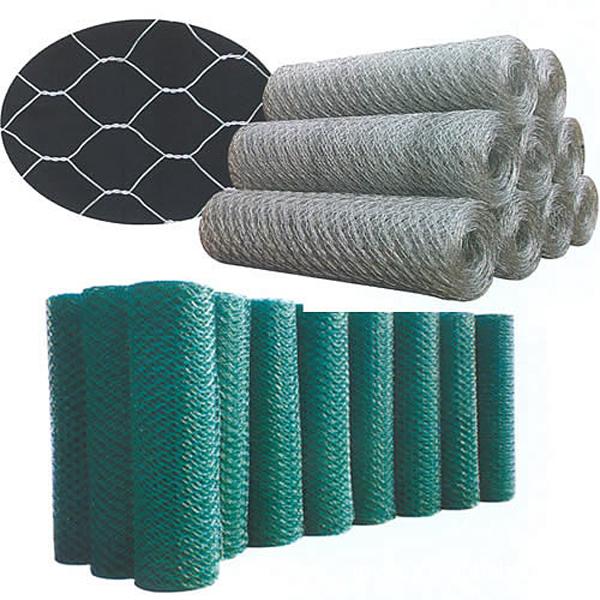
- Mobile Phone
- +8613931874955
- sales@cntcmetal.com
High Performance Compression Springs for Enhanced Load Handling and Durability
High Compression Springs Understanding Their Functionality and Applications
High compression springs are mechanical devices designed to store and release energy through the process of compression. They are crucial components in various engineering applications, ranging from automotive industries to consumer goods. In this article, we will delve into the functionality, design considerations, manufacturing processes, and applications of high compression springs.
Functionality of High Compression Springs
At their core, high compression springs operate on the principle of elasticity, following Hooke’s Law, which states that the force exerted by a spring is directly proportional to the displacement or compression of the spring, within its elastic limit. When a compressive force is applied, the spring compresses, storing potential energy. Once the force is removed, the spring returns to its original shape, releasing the stored energy. This property makes them essential for maintaining stability and functionality in various mechanisms.
Design Considerations
When designing high compression springs, several factors must be taken into account to ensure optimal performance
1. Material Selection The choice of material is pivotal as it affects the spring's durability, fatigue resistance, and overall performance. Common materials include stainless steel, carbon steel, and alloy steel due to their excellent elasticity and tensile strength.
2. Spring Dimensions The dimensions, including wire diameter, coil diameter, and the number of active coils, directly influence the spring's load capacity and compression properties. A thicker wire will generally bear more load but may also be stiffer, affecting the compression.
3. Load Capacity Engineers must consider the maximum load the spring will encounter in its application. High compression springs are engineered to withstand substantial loads while maintaining their structural integrity.
4. Working Environment The operating environment can significantly affect spring performance. Factors such as temperature, humidity, and exposure to corrosive substances need to be factored into the design to ensure longevity and efficiency.
5. End Connections The method by which the spring is attached to other components can impact its functionality. Common end types include squared, ground, and closed ends, which determine how the spring engages with adjacent parts.
Manufacturing Processes
The manufacturing of high compression springs involves several precision processes
. The most common methods includehigh compression springs

- Wire Forming In this process, the steel wire is drawn through a series of dies to achieve the desired diameter. The wire is then coiled into the spring shape. - Heat Treatment After forming, springs are often heat-treated to enhance their mechanical properties. This involves heating the spring to a specific temperature and then cooling it, resulting in improved strength and elasticity.
- Surface Treatment To prevent corrosion and enhance aesthetics, high compression springs may undergo surface treatments such as coating or plating.
- Testing and Quality Control Rigorous testing is conducted to ensure that the springs meet the specified load and fatigue requirements. This may include load testing and dimensional inspections.
Applications of High Compression Springs
High compression springs have a multitude of applications across various industries
1. Automotive Industry Used in shock absorbers, clutch assemblies, and engine components, they play a vital role in vehicle safety and performance.
2. Consumer Electronics High compression springs are found in laptops, smartphones, and other electronic devices, where they assist in key mechanisms and provide ergonomic functionalities.
3. Industrial Machinery These springs are employed in assembly line machinery, robotics, and conveyor systems, ensuring smooth operation and reducing wear on components.
4. Medical Devices In medical equipment, high compression springs are used in devices such as MRI machines and patient monitoring systems, where they are essential for accuracy and reliability.
5. Aerospace The aerospace industry utilizes high compression springs for various critical applications, ensuring safety and performance in high-stress environments.
Conclusion
High compression springs are integral components in modern engineering, providing essential support and functionality in a myriad of applications. Understanding their design, materials, manufacturing processes, and applications is crucial for engineers and manufacturers looking to optimize their use in various devices. As technology continues to advance, the evolution of high compression springs will undoubtedly lead to improved performance and new applications in diverse fields.
share:
-
Why Sacrificial Formwork Is Redefining Underground ConstructionNewsJun.06,2025
-
The Structural Dynamics of Modern Concrete: How Snake Spacers Revolutionize Flexible ReinforcementNewsJun.06,2025
-
Snake Spacers Smart-Lock Concrete Reinforcement with Surgical PrecisionNewsJun.06,2025
-
Snake Spacers: Reinforcement Precision for Modern Concrete ProjectsNewsJun.06,2025
-
Snake Spacers Powering Concrete's Structural DNANewsJun.06,2025
-
Slither into Success: Snake Spacers' Precision Bite for Unbreakable ReinforcementNewsJun.06,2025
-
Sacrificial Formwork: Building Stronger, Faster, and Safer StructuresNewsJun.06,2025



















